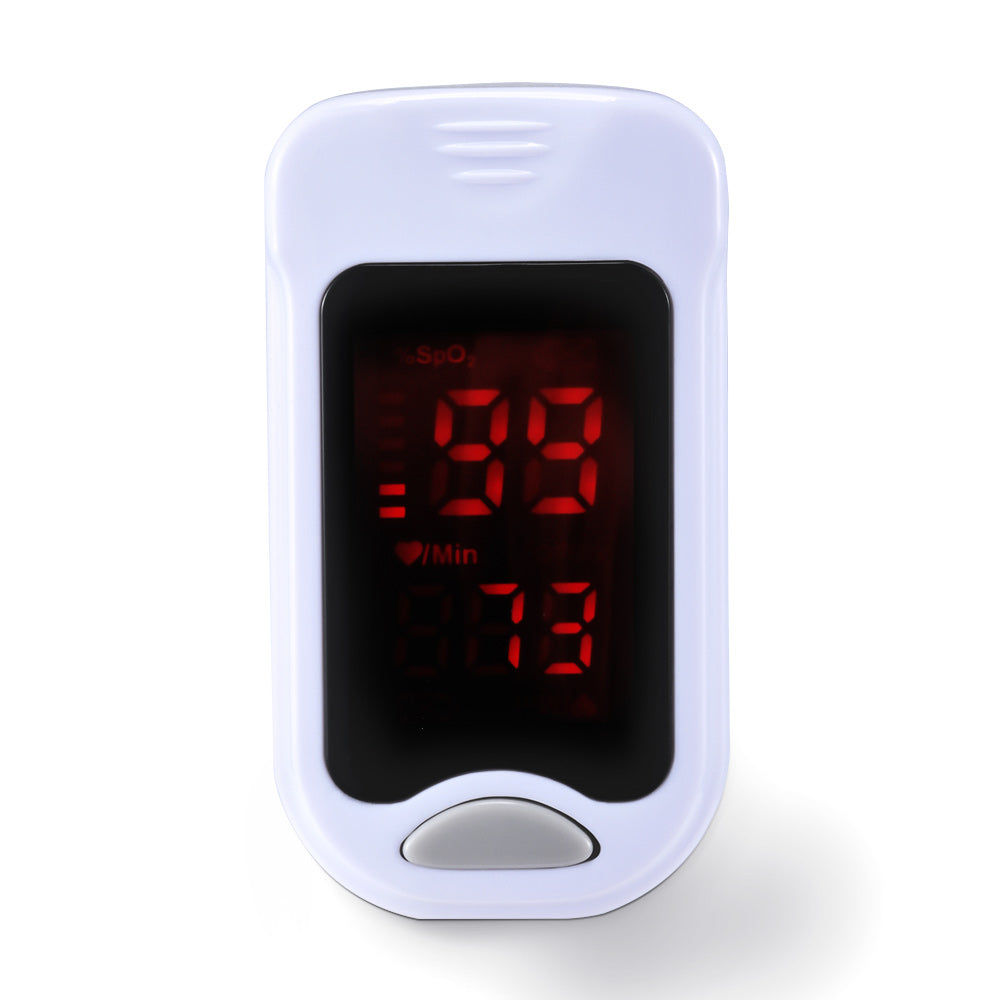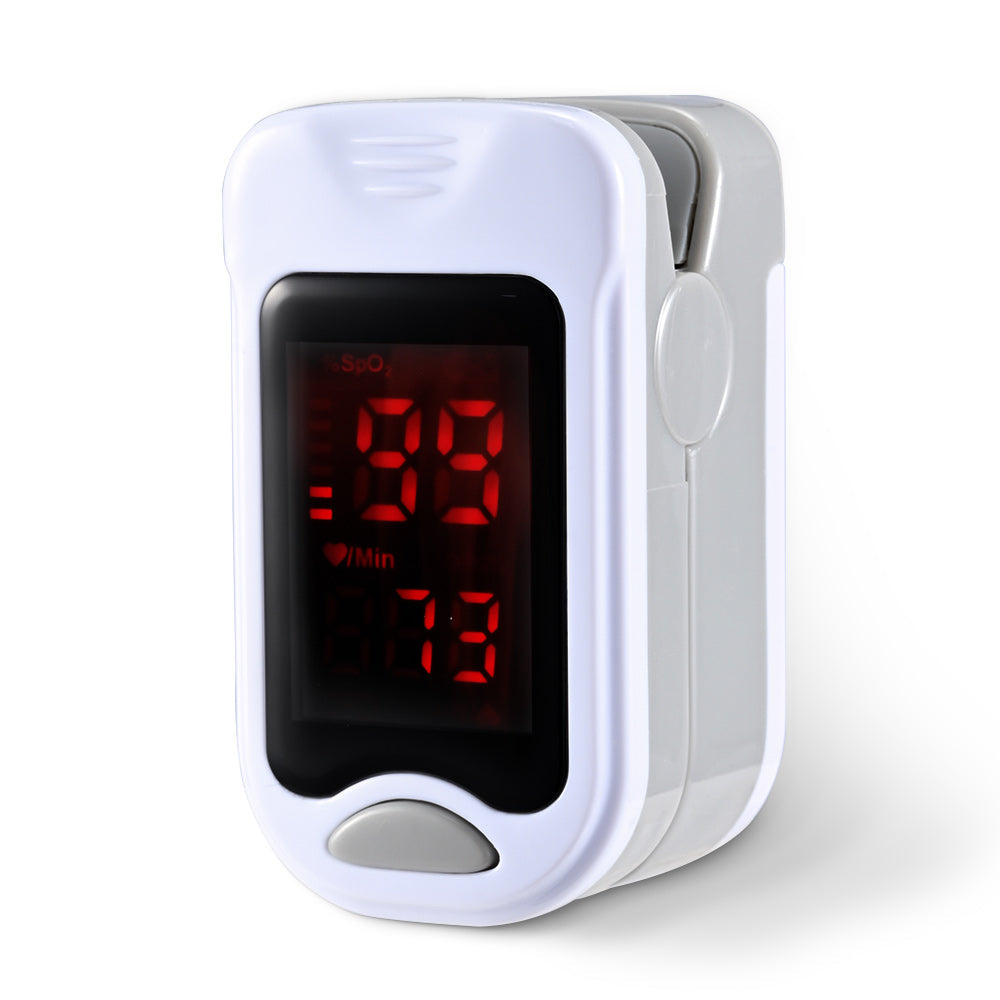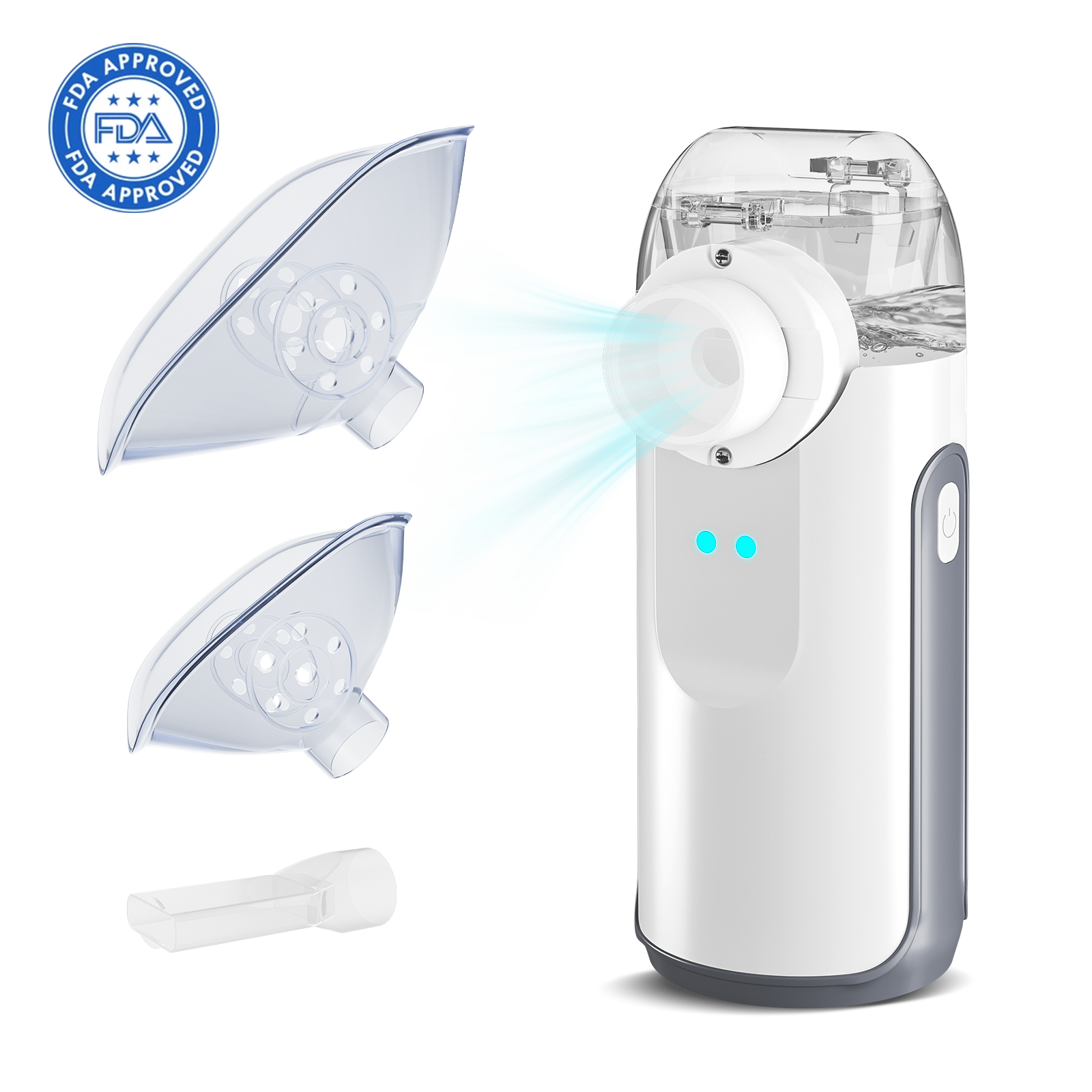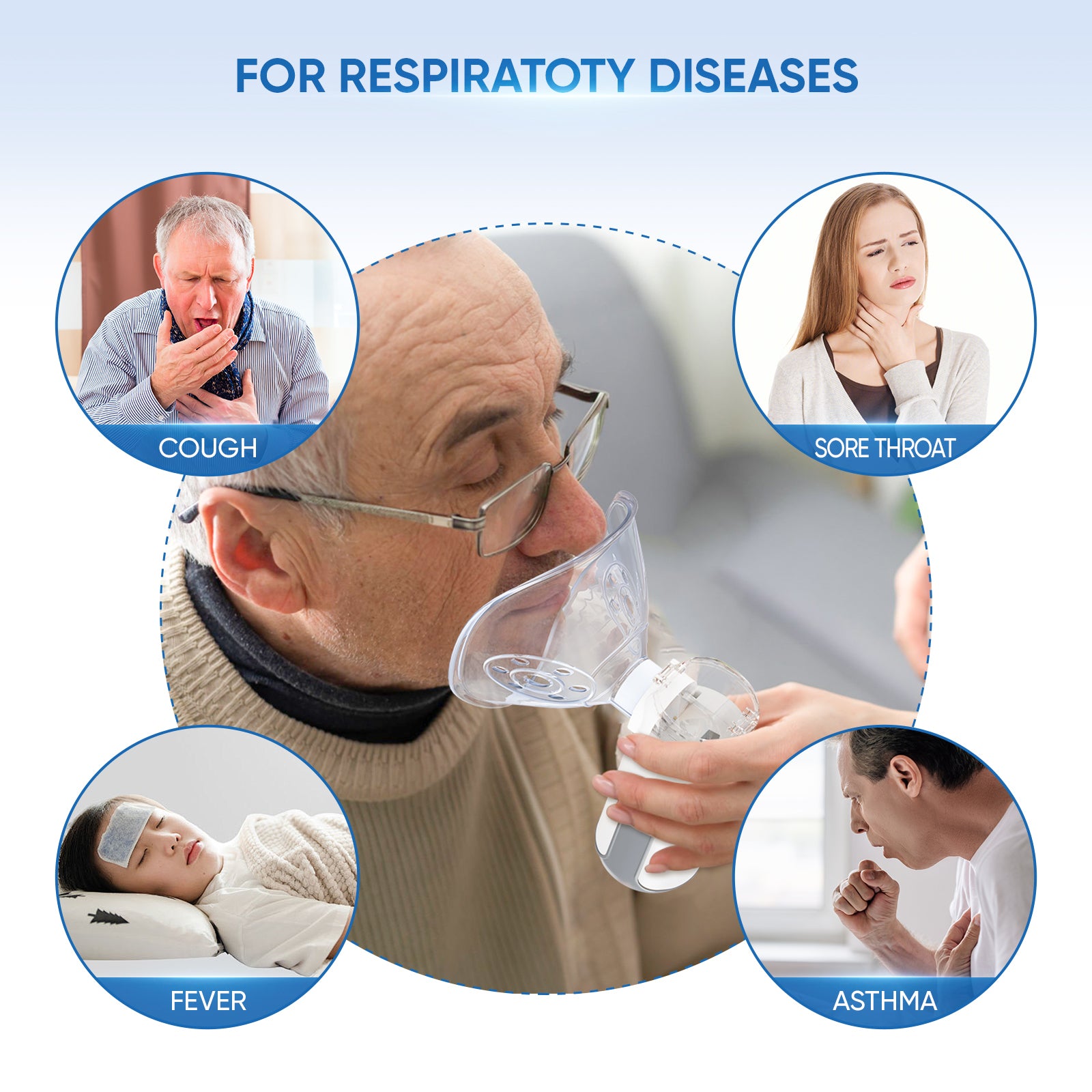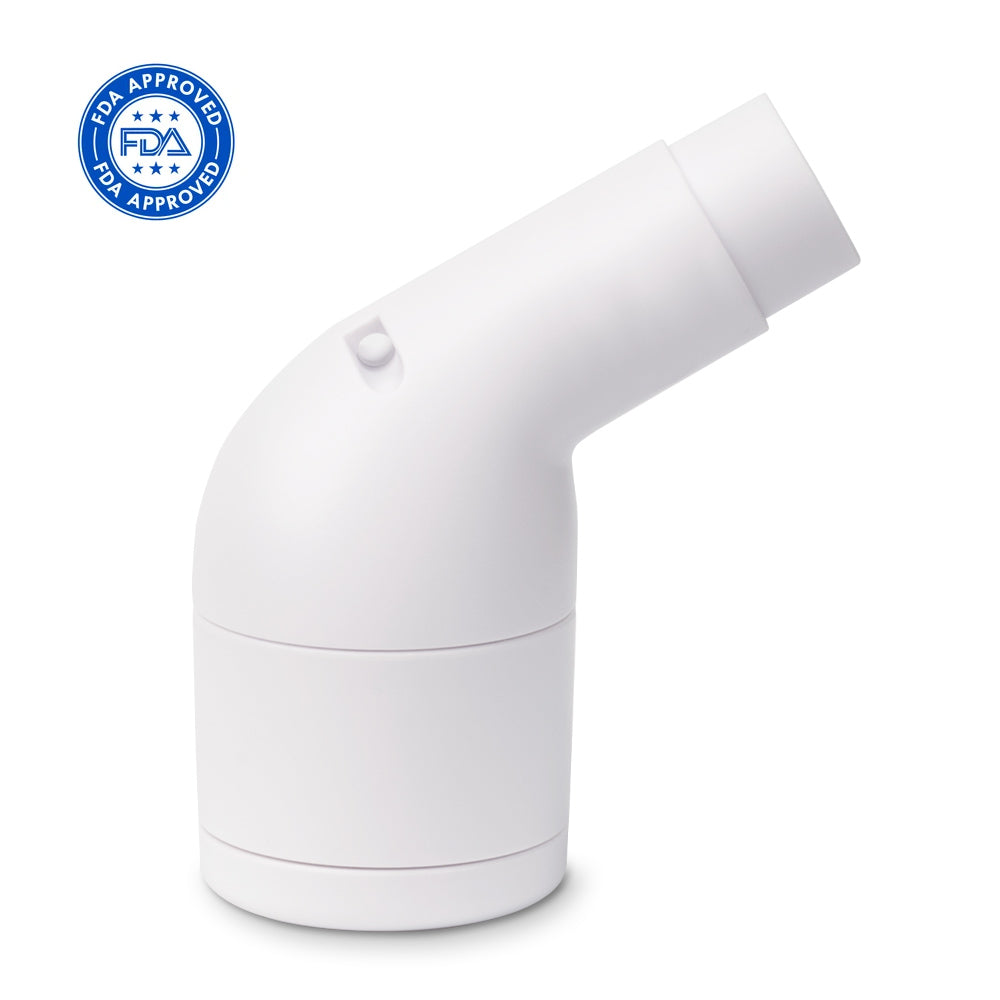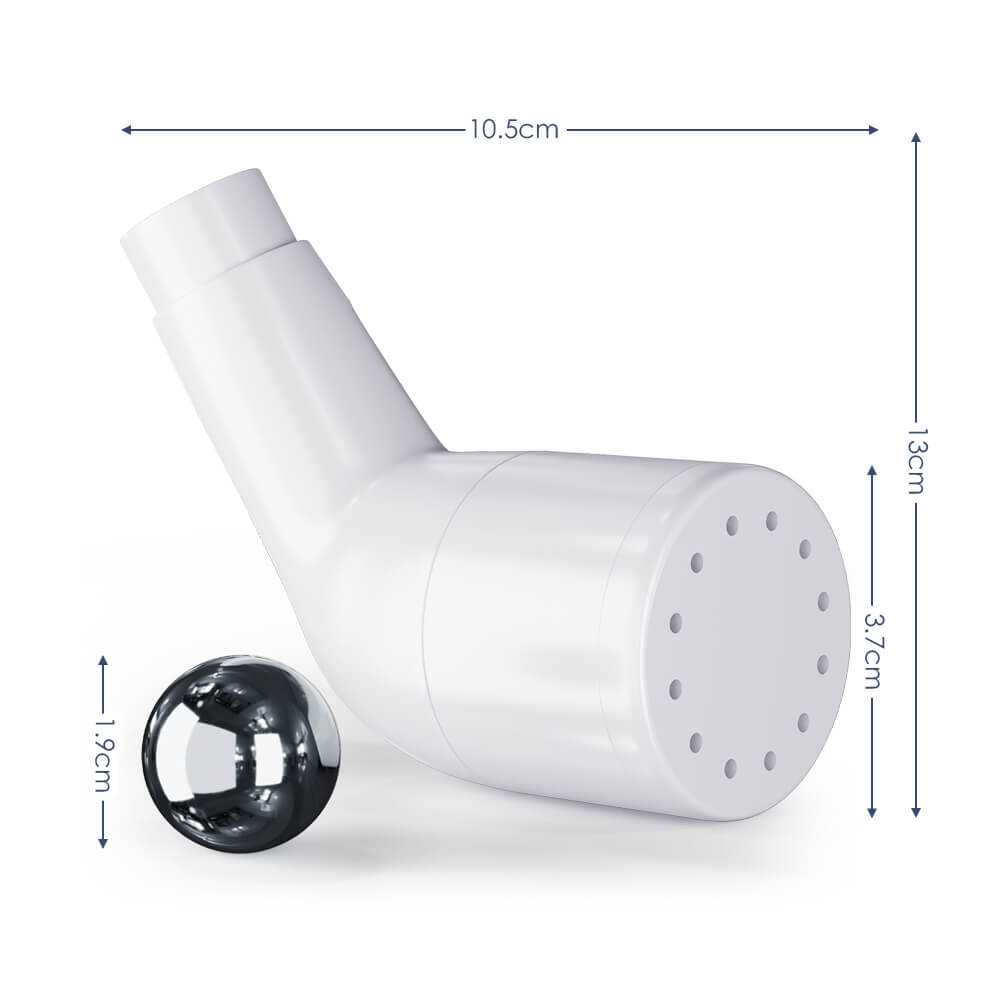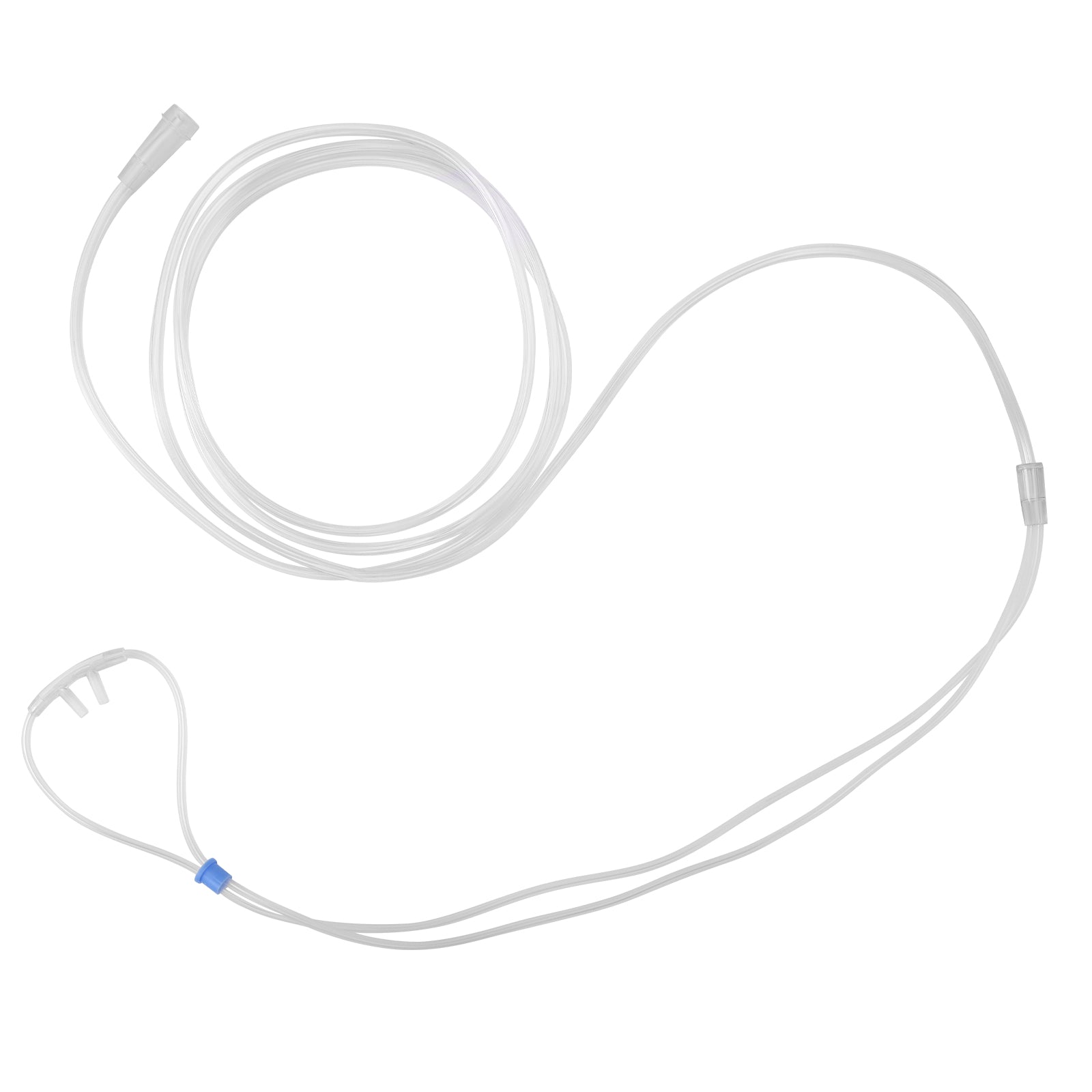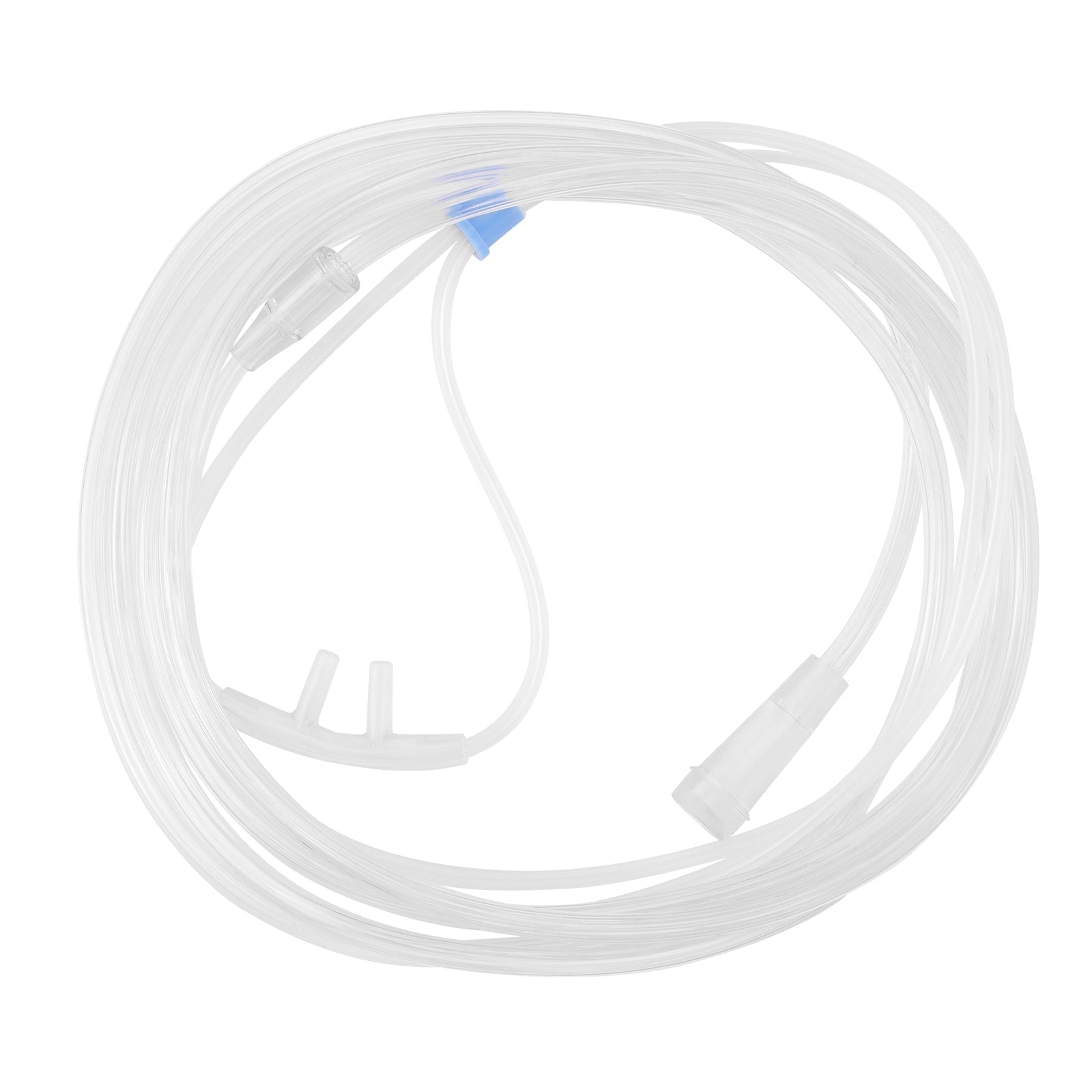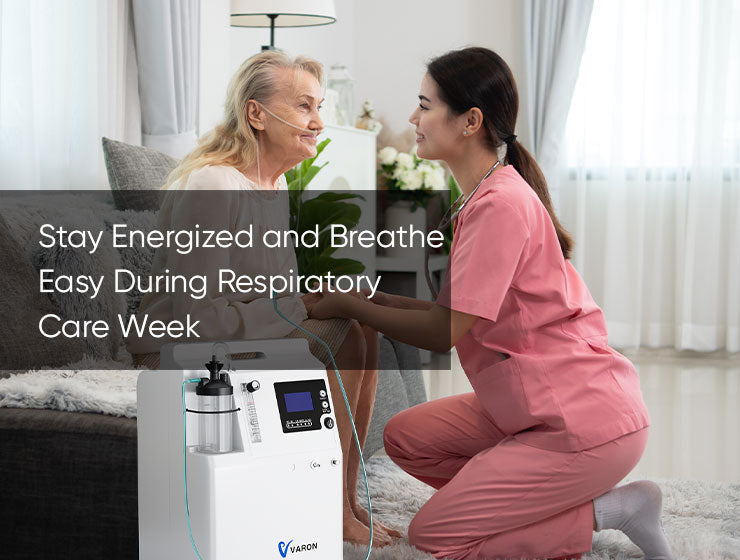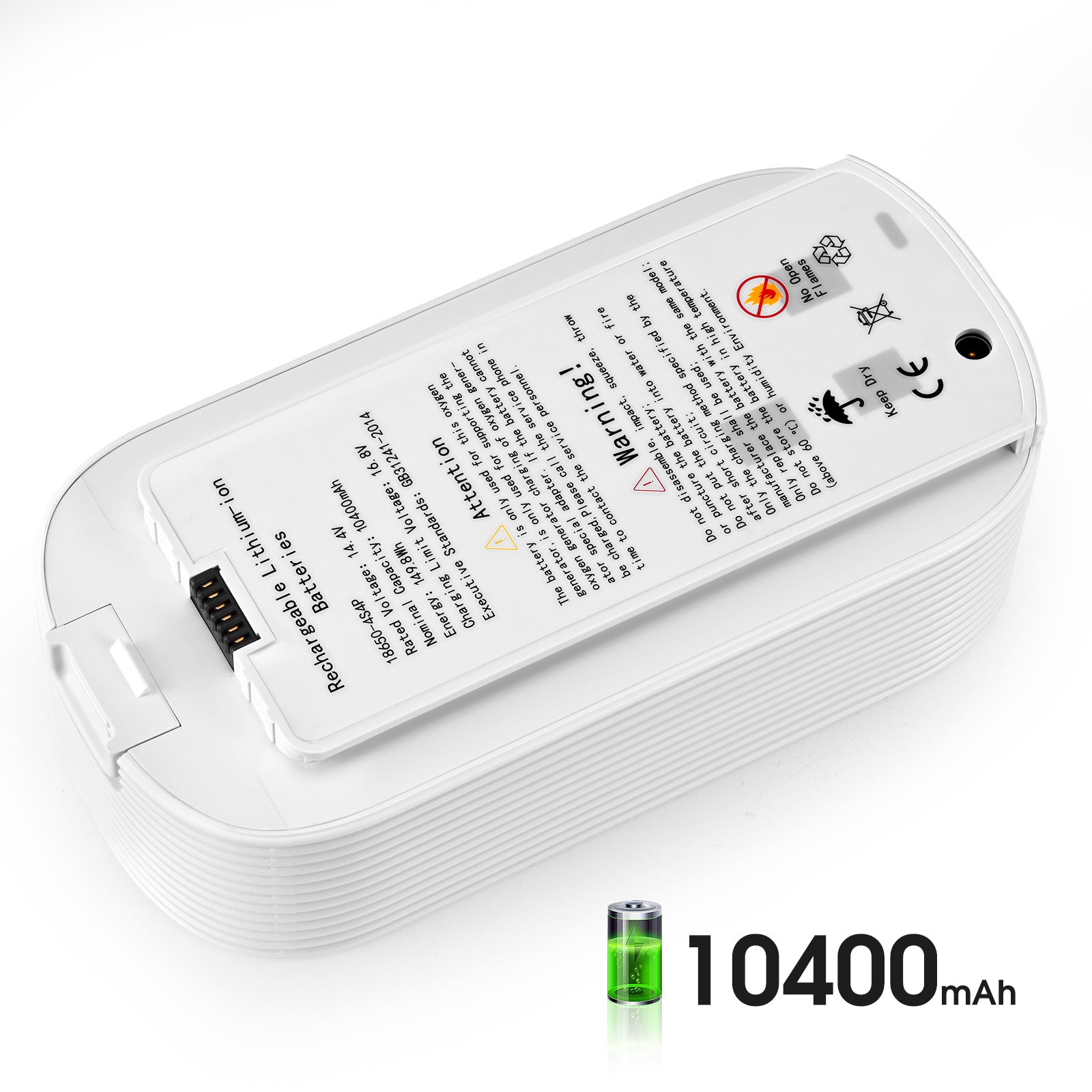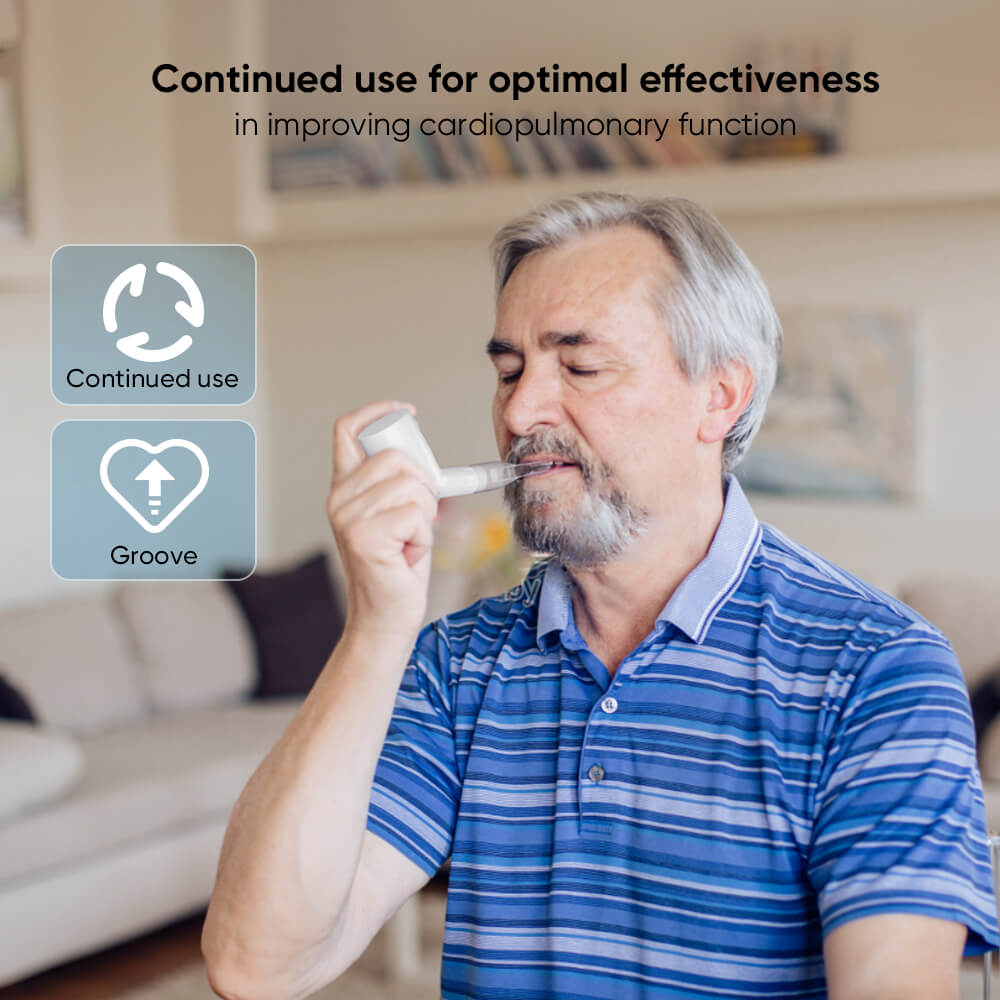When you have the chronic obstructive pulmonary disease (COPD), breathing exercises are an important way to maintain your quality of life, extend your ability to exercise, and stay calm during an acute exacerbation.
With COPD, breathing can be a challenge for the following reasons:
Over-production of mucus in the airways
Chronic coughing
Airway inflammation leading to wheezing
Retention of stale air in the lungs
These challenges can be affected by various factors such as air pollutants, pollen, dust, viruses, smoke, and other irritating particulates in the air. When your breathing becomes more difficult and you’re waiting for your rescue medication to begin, utilizing COPD breathing exercises can help you to find immediate relief.
Breathing Exercises COPD - Gain Control Over Your Breathing
1.Pursed-Lip Breathing
Pursed-lip breathing is an excellent way to slow down your breaths and release any trapped air in your lungs. This breathing exercise works well for COPD because it prevents the small airways in your lungs from collapsing prematurely, and will help you expel excess air from your lungs. This will give you more room to take in the air during your next breath.
Here’s how to do it:
Step 1. Inhale through your nose for 1-2 seconds.
Step 2. Pucker your lips like you are trying to whistle.
Step 3. Exhale slowly in a controlled manner over 5-7 seconds.
Step 4. Repeat until your breathing feels comfortable again.
2. Diaphragmatic Breathing
Diaphragmatic breathing is another way to optimize the proper use of your respiratory system for breathing.
When you’re feeling shortness of breath, your body starts to compensate for the difficulty by using other respiratory muscles in your back, shoulders, and chest. This makes breathing less efficient and ultimately makes your shortness of breath worse.
Diaphragmatic breathing helps you use the correct muscles so you can optimize your body’s natural mode of breathing.
Here’s how to do it:
Step 1. Place your hand on the upper half of your stomach
Step 2. Inhale normally through your nose
Step 3. Make sure your stomach is moving outwards with every breath
Step 4. Keep your shoulders and chest as neutral as possible (not moving up or down)
Step 5. Exhale through pursed-lips
Step 6. Make sure your stomach moves inward during exhalation
3. Coordinated Breathing
Coordinated breathing is an excellent method for breathing while exercising or performing strenuous activity. The basic idea is to coordinate your breathing with intervals of tension and relaxation during exercise.
While you’re performing the active part of an exercise (lifting a dumbbell or standing up during a squat); exhale through pursed-lips for the entire action. Then, when you’re in the relaxation part of the exercise (lowering the dumbbell or lowering yourself down during a squat), inhale through your nose.
4. Short Breath-Hold Breathing
Holding your breath provides a number of benefits such as mental focus, calmness, overcoming stress, and resilience. However, COPD patients will need to modify this exercise to achieve only about 5 seconds of breath-hold between breaths.
The process for breath-hold breathing is almost the same as pursed-lip breathing, except between inhalation and exhalation, which is where you’ll hold your breath for about 5 seconds.
Here’s the process:
Step 1. Inhale through your nose for 1-2 seconds
Step 2. When you have inhaled fully, **hold your breath for 1-5 seconds**
Step 3. Pucker your lips like you're trying to whistle
Step 4. Exhale slowly in a controlled manner over 5-7 seconds
Step 5. Repeat until your breathing feels comfortable again
5. Huff Cough
The huff cough is a technique to help remove excess mucus from your lungs during a COPD exacerbation. This is a great way to get enough air behind the mucus in your lungs, so there’s enough momentum to bring it up.
These five COPD Breathing Exercises and Techniques will help you regain control of your breathing and help you feel calm during an exacerbation. By practicing these exercises at least once a day, you’ll prepare your mind and body to use them when you need them most.
With COPD, breathing can be a challenge for the following reasons:
Over-production of mucus in the airways
Chronic coughing
Airway inflammation leading to wheezing
Retention of stale air in the lungs
These challenges can be affected by various factors such as air pollutants, pollen, dust, viruses, smoke, and other irritating particulates in the air. When your breathing becomes more difficult and you’re waiting for your rescue medication to begin, utilizing COPD breathing exercises can help you to find immediate relief.
Breathing Exercises COPD - Gain Control Over Your Breathing
1.Pursed-Lip Breathing
Pursed-lip breathing is an excellent way to slow down your breaths and release any trapped air in your lungs. This breathing exercise works well for COPD because it prevents the small airways in your lungs from collapsing prematurely, and will help you expel excess air from your lungs. This will give you more room to take in the air during your next breath.
Here’s how to do it:
Step 1. Inhale through your nose for 1-2 seconds.
Step 2. Pucker your lips like you are trying to whistle.
Step 3. Exhale slowly in a controlled manner over 5-7 seconds.
Step 4. Repeat until your breathing feels comfortable again.
2. Diaphragmatic Breathing
Diaphragmatic breathing is another way to optimize the proper use of your respiratory system for breathing.
When you’re feeling shortness of breath, your body starts to compensate for the difficulty by using other respiratory muscles in your back, shoulders, and chest. This makes breathing less efficient and ultimately makes your shortness of breath worse.
Diaphragmatic breathing helps you use the correct muscles so you can optimize your body’s natural mode of breathing.
Here’s how to do it:
Step 1. Place your hand on the upper half of your stomach
Step 2. Inhale normally through your nose
Step 3. Make sure your stomach is moving outwards with every breath
Step 4. Keep your shoulders and chest as neutral as possible (not moving up or down)
Step 5. Exhale through pursed-lips
Step 6. Make sure your stomach moves inward during exhalation
3. Coordinated Breathing
Coordinated breathing is an excellent method for breathing while exercising or performing strenuous activity. The basic idea is to coordinate your breathing with intervals of tension and relaxation during exercise.
While you’re performing the active part of an exercise (lifting a dumbbell or standing up during a squat); exhale through pursed-lips for the entire action. Then, when you’re in the relaxation part of the exercise (lowering the dumbbell or lowering yourself down during a squat), inhale through your nose.
4. Short Breath-Hold Breathing
Holding your breath provides a number of benefits such as mental focus, calmness, overcoming stress, and resilience. However, COPD patients will need to modify this exercise to achieve only about 5 seconds of breath-hold between breaths.
The process for breath-hold breathing is almost the same as pursed-lip breathing, except between inhalation and exhalation, which is where you’ll hold your breath for about 5 seconds.
Here’s the process:
Step 1. Inhale through your nose for 1-2 seconds
Step 2. When you have inhaled fully, **hold your breath for 1-5 seconds**
Step 3. Pucker your lips like you're trying to whistle
Step 4. Exhale slowly in a controlled manner over 5-7 seconds
Step 5. Repeat until your breathing feels comfortable again
5. Huff Cough
The huff cough is a technique to help remove excess mucus from your lungs during a COPD exacerbation. This is a great way to get enough air behind the mucus in your lungs, so there’s enough momentum to bring it up.
These five COPD Breathing Exercises and Techniques will help you regain control of your breathing and help you feel calm during an exacerbation. By practicing these exercises at least once a day, you’ll prepare your mind and body to use them when you need them most.


